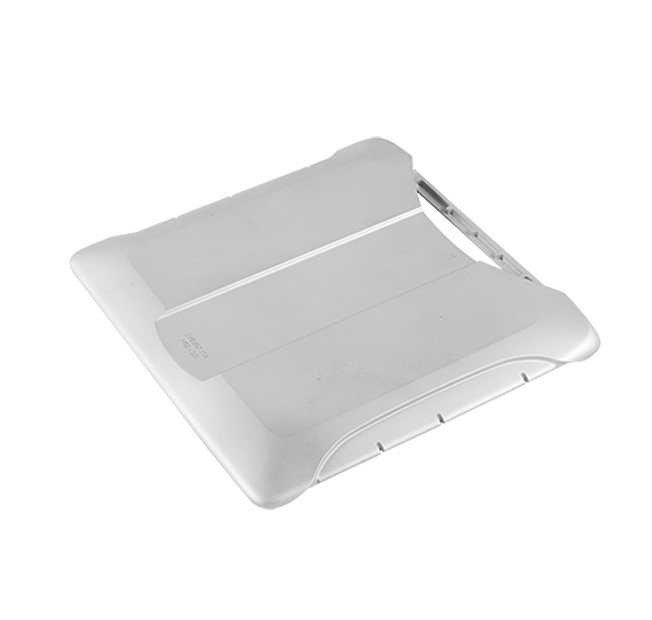Time:2025-06-07 Views:0 source:CNC Machining customization source:CNC Machining news

Intelligent technologies are revolutionizing the sheet metal processing industry, bringing significant improvements in efficiency, quality, and flexibility. Artificial intelligence (AI) and machine learning (ML) are at the forefront of these technological advancements.
AI - powered process optimization systems can analyze large amounts of production data, including equipment parameters, material properties, and process results. By learning from historical data, these systems can predict the optimal process settings for different sheet metal materials and part designs. For example, an AI system can determine the best cutting speed, laser power, and feed rate for a specific type of sheet metal to achieve the highest cutting quality with the least material waste. This not only improves the efficiency of the processing but also reduces the need for manual trial - and - error adjustments.
Machine learning algorithms are also used in quality control. Instead of relying solely on pre - defined inspection rules, ML - based systems can learn the characteristics of good and defective products from a large number of samples. They can then detect subtle defects that may be missed by traditional inspection methods, such as small surface scratches or dimensional variations within the tolerance range but close to the limit. This early detection of potential quality issues helps in preventing the production of a large number of defective products.
The Internet of Things (IoT) enables the connectivity of sheet metal processing equipment. All machines and devices in the production line can be equipped with sensors to collect real - time data, such as temperature, vibration, and energy consumption. This data is transmitted to a central management system, where it can be analyzed to monitor the equipment's health, predict failures, and optimize maintenance schedules. For example, if a sensor detects abnormal vibration in a press brake, the system can alert the maintenance team in advance, allowing for preventive maintenance and reducing downtime.
Virtual reality (VR) and augmented reality (AR) technologies are also being applied in sheet metal processing. VR can be used for training operators, providing them with a realistic simulation environment to practice operating equipment and handling complex processes. AR can assist technicians during maintenance and repair work by overlaying digital instructions and information on the physical equipment, making the troubleshooting and repair process more efficient.
Read recommendations:
Sealing ring Precision electronic parts
Housing components for recessed downlights Precision electronic parts
Oval Magnetic Hardware Precision electronic parts
CNC Machining Dimension Accuracy
CNC processing factory - Meeting customers' strict requirements for precision